Picture this: you’re standing on the platform, the sound of the locomotive engine reverberating in the distance. As you watch the train approach, you can’t help but wonder how the rise of artificial intelligence (AI) will impact the role of railroad conductors.
With advancements in technology, the job requirements for these industry stalwarts may be on the brink of transformation. But what does this mean for the future of railroad conductors?
In a world where AI is becoming increasingly prevalent, it’s crucial to explore the potential implications and discuss whether this could alter the very essence of their profession.
Key Takeaways
- AI transforms the role of railroad conductors, allowing them to focus on tasks requiring human judgment.
- AI enhances efficiency and cost-effectiveness in railroad operations.
- AI improves safety in railroad operations by predicting maintenance needs and preventing breakdowns.
- Conductors need to adapt and embrace AI systems, collaborating with stakeholders and policymakers to ensure successful implementation.

The Role of AI in the Railroad Industry
AI is revolutionizing the railroad industry by transforming the role of railroad conductors. With the rise of automation and job displacement, AI is stepping in to take over certain tasks, freeing up conductors to focus on other critical responsibilities.
One area where AI is making a significant impact is in infrastructure maintenance.
Traditionally, railroad conductors were responsible for manually inspecting tracks, bridges, and other crucial elements of the railroad system. However, with the integration of AI, these inspections can now be performed more efficiently and accurately. AI-powered drones equipped with advanced sensors can collect real-time data on the condition of the infrastructure, detecting any signs of wear and tear or potential hazards. This not only reduces the risk of accidents but also allows for timely maintenance and repairs, ensuring the safety and smooth operation of the railroad network.
Additionally, AI is enhancing the predictive maintenance capabilities of the railroad industry. By analyzing vast amounts of data collected from sensors embedded in trains and tracks, AI algorithms can detect patterns and identify potential issues before they escalate. This proactive approach minimizes downtime and maximizes the lifespan of equipment, ultimately leading to cost savings and improved efficiency.
While some may fear that AI will lead to job displacement, it’s important to note that it’s transforming the role of railroad conductors rather than eliminating it. The integration of AI allows conductors to focus on tasks that require human judgment and decision-making, such as ensuring passenger safety, managing emergencies, and providing exceptional customer service. In this way, AI isn’t only improving the overall safety and efficiency of the railroad industry but also empowering conductors to excel in their roles.
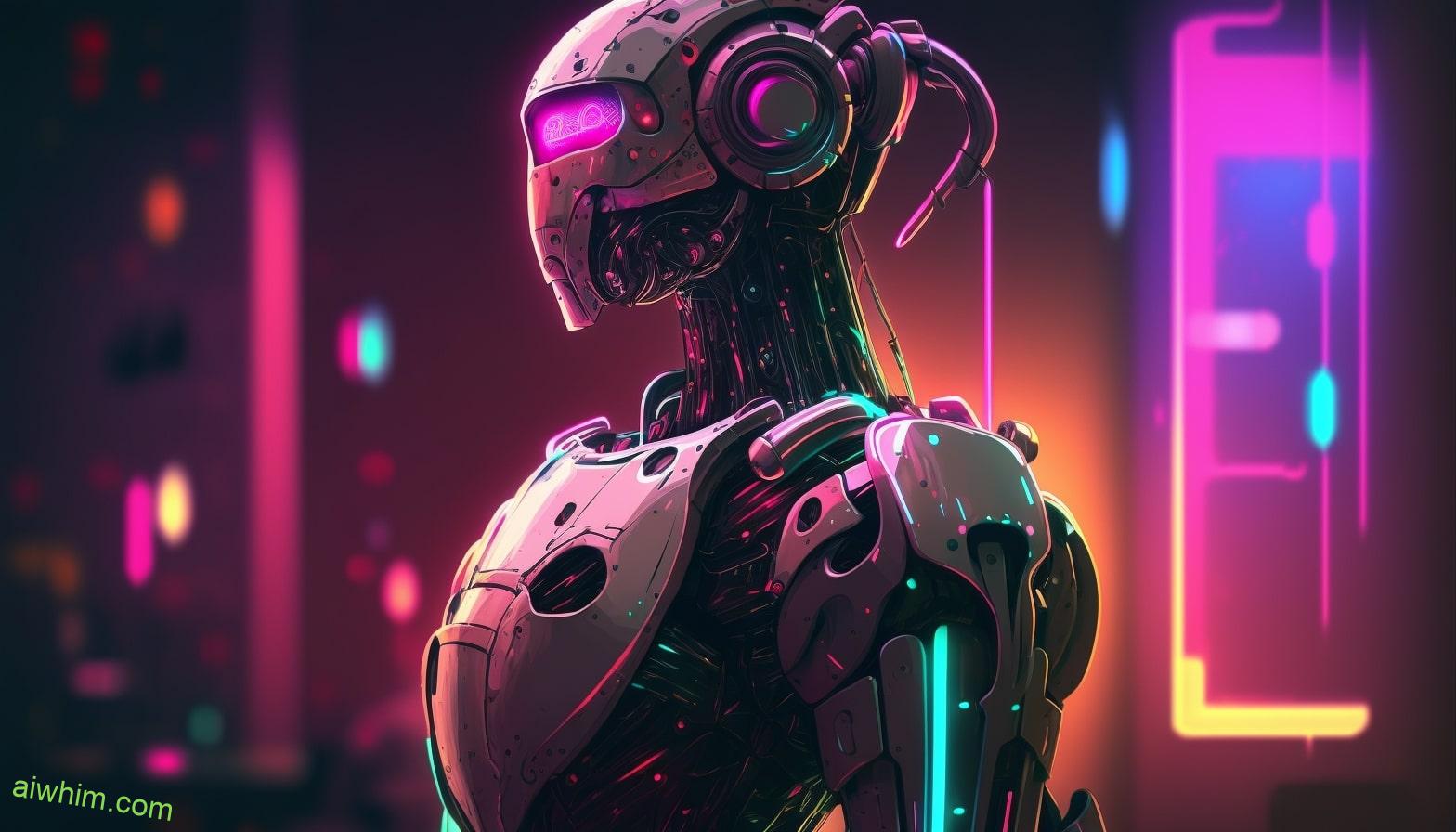
Automation and the Future of Railroad Conductors
As the role of AI continues to reshape the railroad industry, changes in automation are causing a shift in the future responsibilities of railroad conductors. With the advancement of technology, automation is gradually taking over certain tasks traditionally performed by human conductors. This transition is leading to workforce displacement and the need for conductors to adapt to new roles and responsibilities.
Here are three key points to consider regarding the automation and the future of railroad conductors:
- Increased reliance on AI: Automation is enabling the railroad industry to become more efficient and cost-effective. AI systems can monitor train operations, track maintenance, and detect potential issues, reducing the need for human intervention. Conductors will need to embrace and adapt to these AI systems, utilizing their skills to oversee and manage the automated processes.
- Focus on safety and emergency response: While AI can handle routine tasks, human conductors will still play a crucial role in ensuring safety and responding to emergencies. Conductors will need to undergo specialized training to handle unforeseen situations effectively. They’ll be responsible for supervising the automated systems, troubleshooting any issues, and taking appropriate action in emergency scenarios.
- Evolving customer service: As automation takes over certain tasks, conductors will have more time to interact with passengers and provide personalized customer service. They can focus on addressing passenger queries, assisting with ticketing, and ensuring a pleasant travel experience. Conductors will become the face of the railway company, fostering positive relationships with customers and enhancing overall satisfaction.
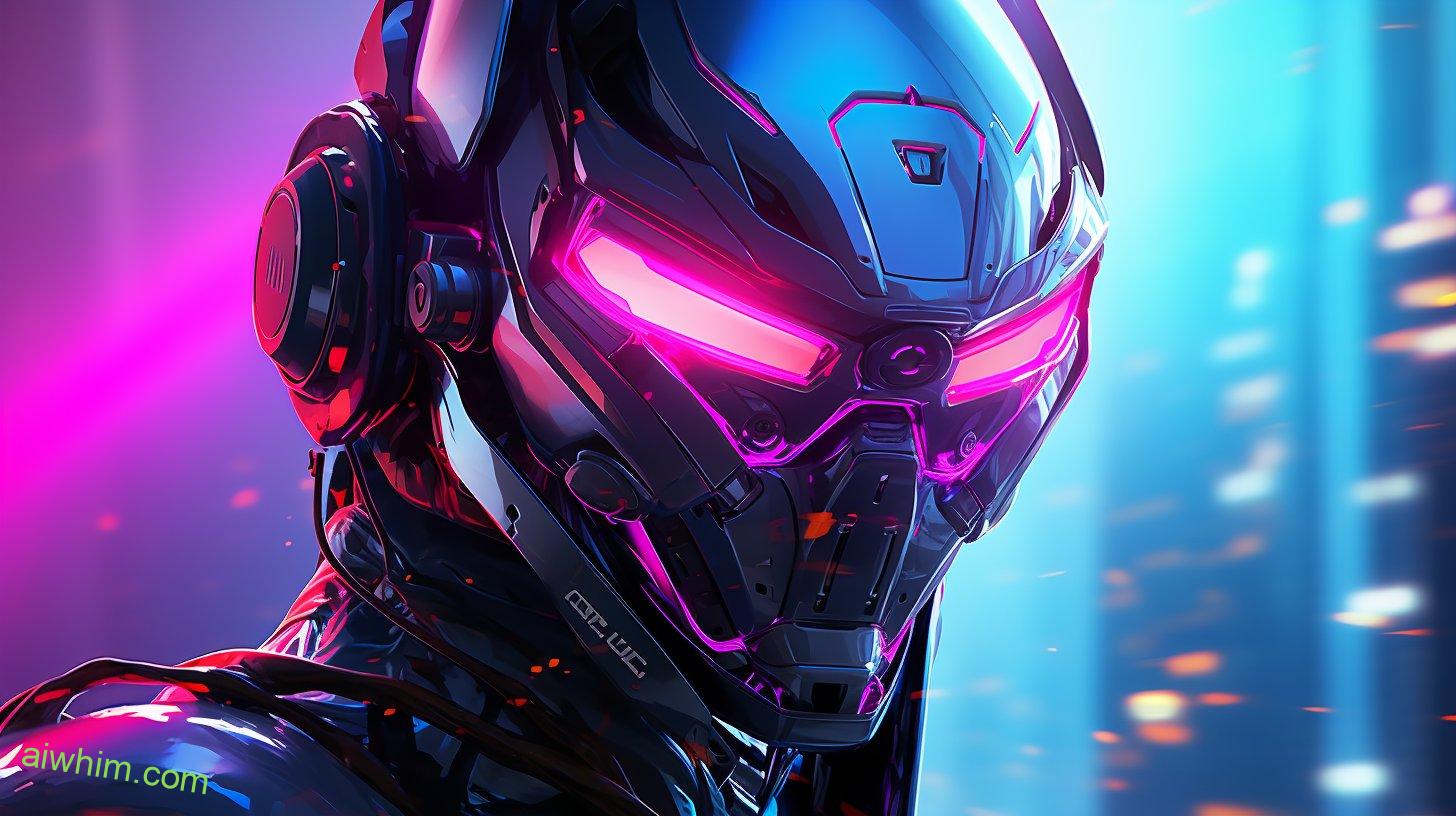
Potential Benefits of AI for Railroad Operations
One potential advantage of incorporating AI into railroad operations is the enhancement of efficiency and cost-effectiveness. By leveraging AI technologies, railroads can streamline their operations, resulting in improved productivity and reduced expenses. AI systems can analyze vast amounts of data in real-time, enabling railroads to make more informed decisions and optimize their resources. With AI, railroads can accurately predict maintenance needs, schedule repairs and inspections, and prevent costly breakdowns or delays. This proactive approach not only saves time and money but also ensures the smooth running of operations.
Another benefit of AI in railroad operations is the ability to optimize train schedules and routing. AI algorithms can analyze various factors, such as demand, traffic conditions, and weather patterns, to create efficient and reliable schedules. By minimizing idle time and maximizing the utilization of tracks and equipment, AI can help railroads increase their capacity and meet growing demands without significant infrastructure investments. This not only benefits the railroad companies but also the customers who rely on efficient transportation services.
Furthermore, AI can enhance safety in railroad operations. AI-powered systems can monitor and analyze real-time data from sensors and cameras, detecting potential hazards, and alerting operators in real-time. By providing early warning systems, AI can help prevent accidents and improve overall safety. Additionally, AI can assist in the development of predictive maintenance programs, flagging potential equipment failures before they occur, reducing the risk of accidents caused by faulty equipment.

Challenges and Concerns Surrounding AI Implementation
When implementing AI into railroad operations, there are several challenges and concerns that need to be addressed. Here are three key issues that arise when integrating AI in this industry:
- Job Displacement: One of the main concerns surrounding AI implementation is the potential displacement of human workers. As AI technology becomes more advanced, there’s a fear that railroad conductors and other employees may lose their jobs to automated systems. This raises questions about the impact on employment rates and the livelihoods of those affected.
- Safety and Reliability: Ensuring the safety and reliability of AI systems is another significant challenge. Railroad operations involve complex and critical tasks, such as monitoring train movements, detecting obstacles, and managing emergencies. It’s crucial to develop AI systems that can handle these responsibilities accurately and efficiently, without compromising safety or posing new risks.
- Ethical Considerations: The implementation of AI in railroad operations raises ethical concerns that need careful consideration. For instance, decision-making algorithms may need to prioritize certain factors, such as speed or fuel efficiency, which could conflict with ethical considerations such as passenger safety or environmental impact. Balancing these competing priorities requires careful thought and ethical guidelines.
Addressing these challenges and concerns is essential to ensure the successful integration of AI in railroad operations. It requires collaboration between industry stakeholders, policymakers, and AI developers to develop robust solutions that maximize the benefits of AI while minimizing any negative impacts.

Skills and Training for AI-Enhanced Railroad Conductors
To become an AI-enhanced railroad conductor, you’ll need to acquire specific skills and undergo specialized training. As technology continues to advance, the role of a railroad conductor is evolving, necessitating a new set of competencies. While traditional skills such as knowledge of railway operations and safety protocols remain essential, there’s now an increased emphasis on understanding and utilizing AI systems.
One of the key skills required for AI-enhanced railroad conductors is proficiency in data analysis. As an AI conductor, you’ll be responsible for interpreting and making decisions based on the vast amount of data generated by sensors and other monitoring devices. This will require you to be adept at identifying patterns, recognizing anomalies, and effectively utilizing data visualization tools.
Additionally, AI-enhanced railroad conductors must possess strong problem-solving abilities. You’ll be required to troubleshoot any technical issues that arise with the AI system and make quick decisions to ensure the smooth operation of the train. This will require a combination of critical thinking, adaptability, and the ability to work well under pressure.
To acquire these skills, specialized training programs are being developed. These programs focus on familiarizing aspiring conductors with AI systems, teaching them how to effectively analyze data, and providing hands-on experience with the latest AI technology. The training also emphasizes the importance of maintaining a strong foundation in traditional railroad operations and safety protocols.
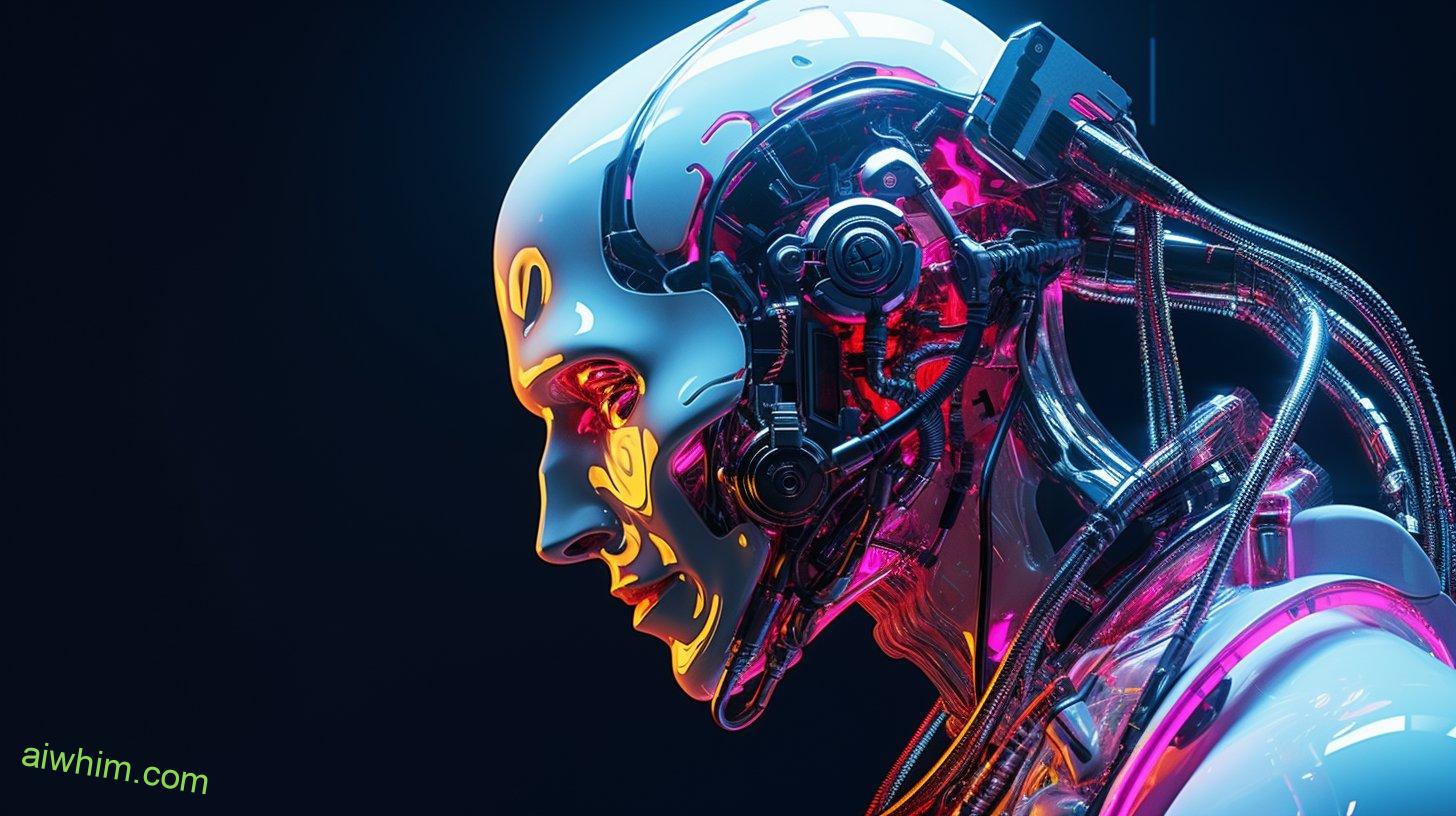
Ethical Considerations in AI-Driven Railroad Operations
Ethical considerations play a crucial role in the implementation of AI-driven railroad operations. As technology advances and AI becomes more integrated into various industries, it’s essential to examine the ethical implications of its use in railroad operations.
Here are three key ethical considerations that arise in AI-driven railroad operations:
- Job Displacement: One of the primary concerns is the potential displacement of human workers. As AI technology continues to evolve, there’s a possibility that railroad conductors and other personnel may be replaced by automated systems. This raises questions about the impact on livelihoods and the need to provide alternative job opportunities for those affected.
- Fairness and Bias: AI algorithms are only as good as the data they’re trained on. If the data used to train AI systems is biased, it can lead to discriminatory outcomes. In the context of railroad operations, it’s crucial to ensure that AI systems don’t perpetuate existing biases or discriminate against certain groups of people. Fairness and transparency in the development and deployment of AI systems are essential to avoid unjust outcomes.
- Safety and Accountability: AI-driven railroad operations must prioritize safety and accountability. While AI systems can enhance efficiency and productivity, they mustn’t compromise safety standards. It’s crucial to establish robust mechanisms for monitoring and auditing AI systems to ensure they operate within safety guidelines. Additionally, clear lines of accountability should be established to address any issues or failures that may arise.
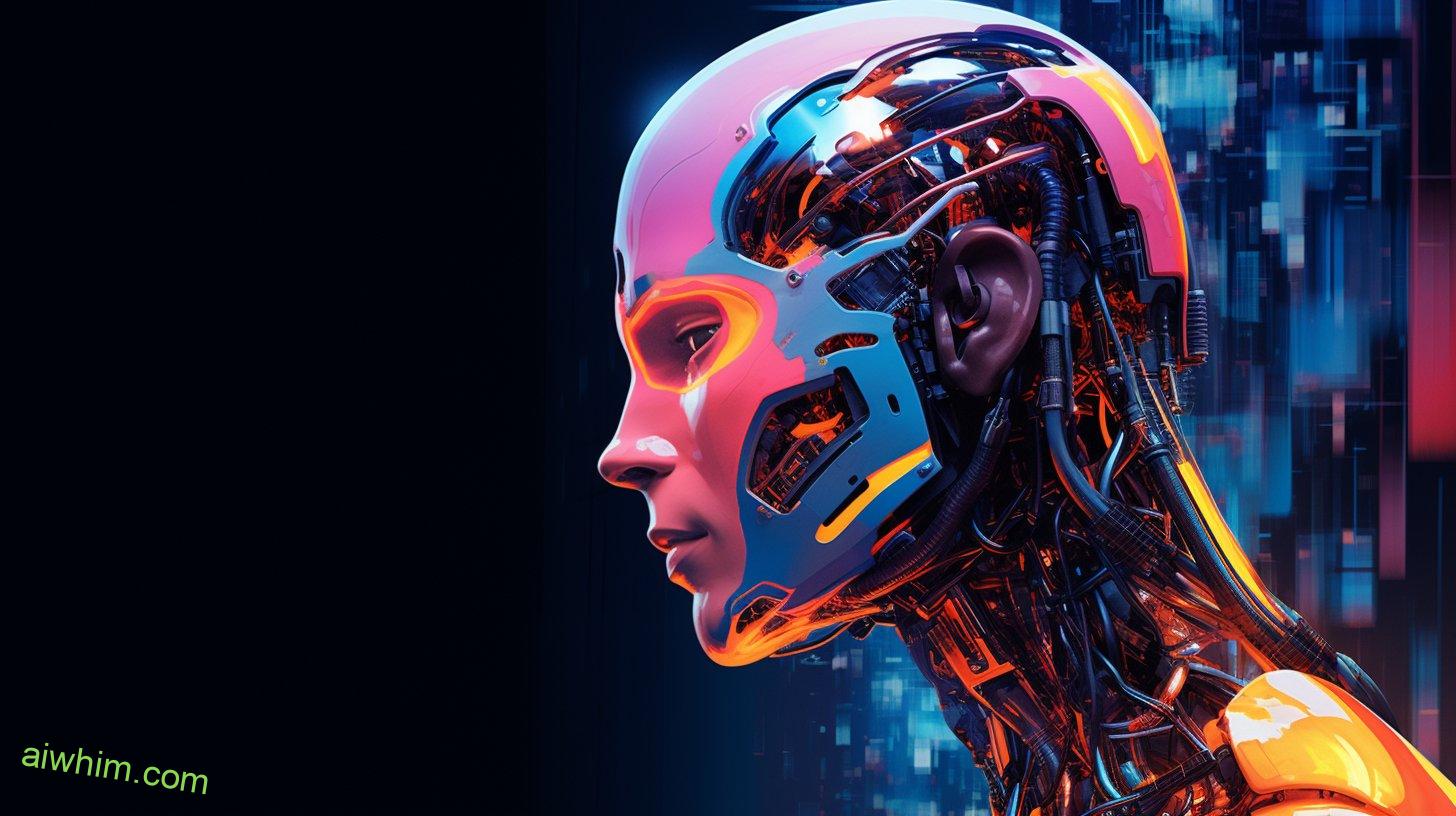
Collaboration Between AI and Human Conductors
AI and human conductors can collaborate to enhance the efficiency and safety of railroad operations. The integration of AI technology in the railroad industry has opened up new possibilities for improving conductor performance. By combining the strengths of both humans and machines, a powerful partnership can be formed that maximizes productivity and minimizes errors.
One key area where human machine collaboration can make a significant impact is in decision-making. While AI algorithms can process vast amounts of data and provide valuable insights, human conductors possess critical thinking abilities and intuition that can complement the capabilities of AI systems. By working together, they can make more informed decisions, especially in complex and unpredictable situations.
Furthermore, AI can assist human conductors in monitoring train operations and identifying potential issues. With advanced sensors and real-time data analysis, AI systems can detect anomalies and alert conductors about potential safety hazards. This proactive approach allows conductors to take immediate action and prevent accidents before they occur.
Additionally, AI technology can streamline communication between conductors and other stakeholders involved in railroad operations. By automating routine tasks such as reporting and documentation, conductors can focus on their primary responsibilities, ultimately improving efficiency and ensuring smooth operations.
Despite the clear benefits of human machine collaboration, it’s crucial to maintain the human element in railroad operations. Human conductors provide a level of adaptability and judgment that AI systems may struggle to replicate. By combining the strengths of both humans and machines, the railroad industry can achieve optimal performance while ensuring the safety and well-being of all involved.
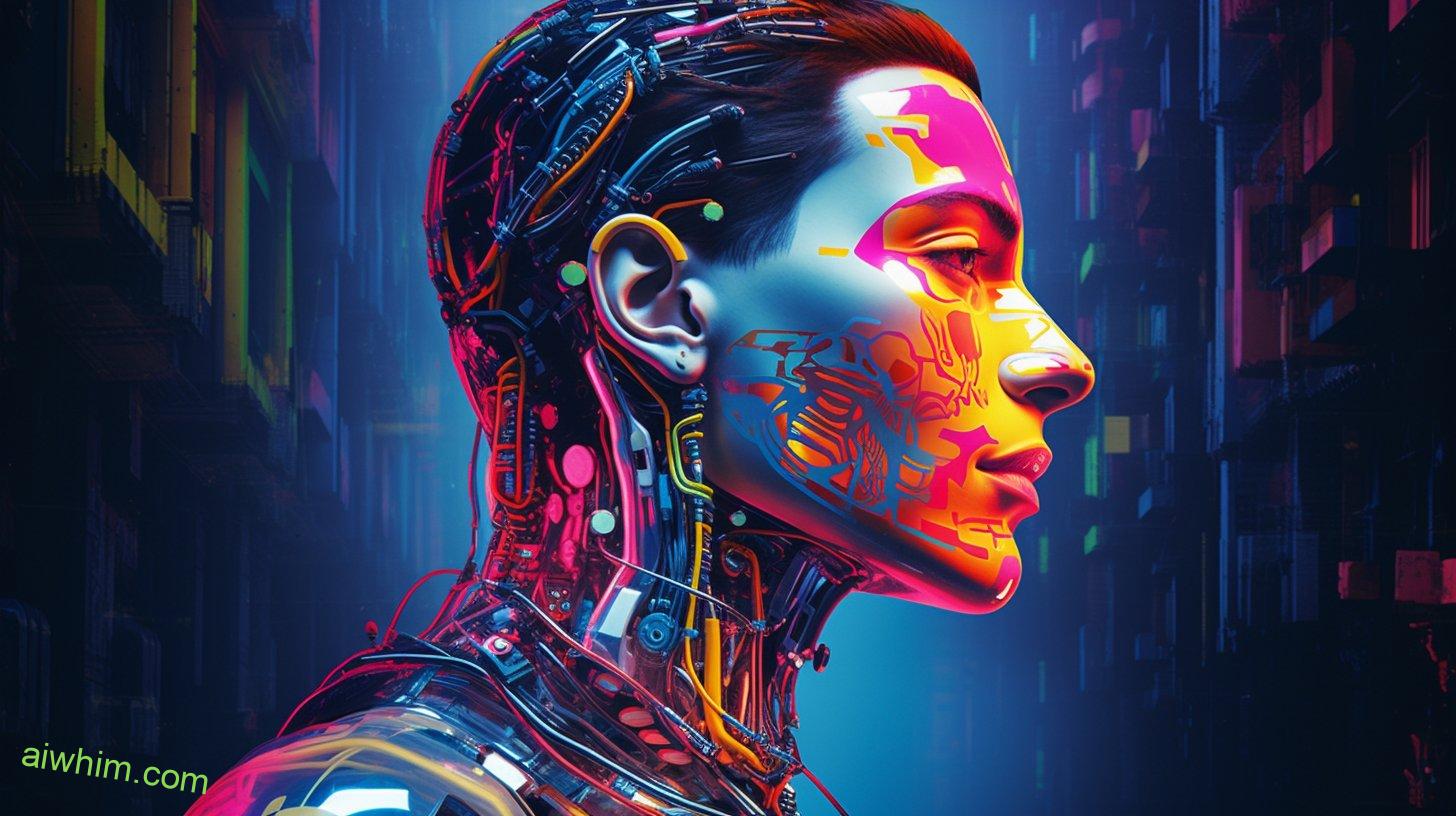
Impact of AI on Safety and Efficiency in Rail Transportation
The integration of AI technology in rail transportation has significantly improved safety and efficiency. With the implementation of AI systems, safety regulations are becoming more stringent and effective, ensuring a secure environment for both passengers and employees. Here are three ways in which AI is impacting safety and efficiency in rail transportation:
- Enhanced Monitoring: AI-powered sensors and cameras are used to constantly monitor trains and tracks, detecting any potential safety hazards in real-time. These advanced systems can identify issues such as track abnormalities, equipment malfunctions, or even trespassers on the tracks. By promptly alerting the relevant personnel, AI technology helps prevent accidents and ensures a safer railway environment.
- Predictive Maintenance: AI algorithms can analyze vast amounts of data to identify patterns and predict potential equipment failures. By monitoring the condition of trains and tracks, AI systems can detect issues before they escalate, allowing for proactive maintenance and reducing the risk of unexpected breakdowns or accidents. This not only enhances safety but also improves the overall efficiency of rail operations.
- Workforce Support: Rather than displacing human workers, AI technology complements their skills and helps them perform their jobs more efficiently. AI systems can assist conductors in managing train schedules, optimizing routes, and making real-time decisions based on various factors such as weather conditions and passenger load. This collaboration between humans and AI ensures a safer and more efficient rail transportation system.
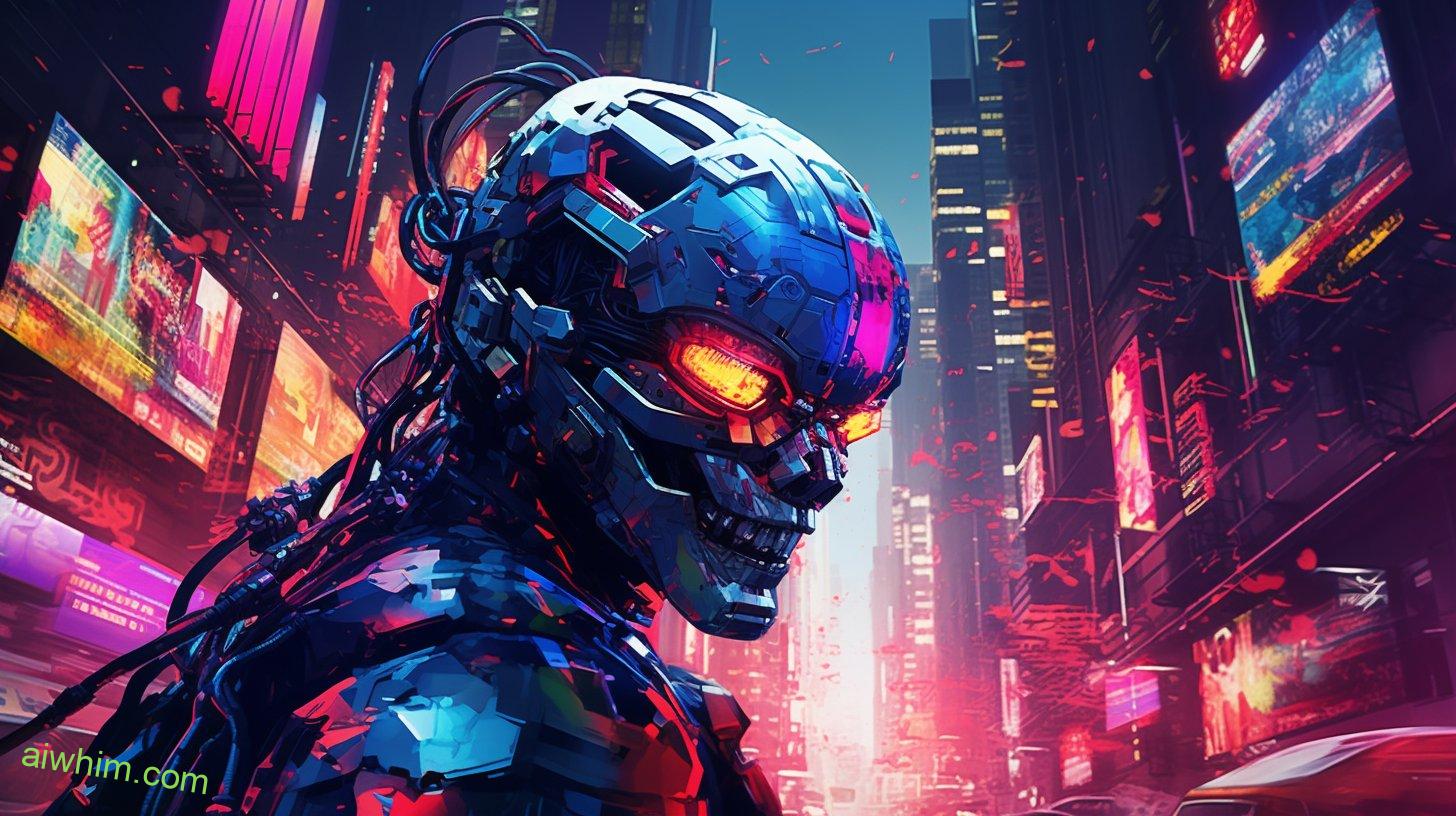
Job Market Outlook for Railroad Conductors in the AI Era
With the integration of AI technology in rail transportation, the job market outlook for railroad conductors is undergoing significant changes. As AI systems are increasingly used to automate various tasks in the industry, there’s growing concern about the job stability of railroad conductors. However, it’s important to note that while AI may alter the requirements of the job, it doesn’t necessarily mean that railroad conductors will become obsolete.
The introduction of AI technology in rail transportation can lead to increased safety and efficiency, as we discussed in the previous subtopic. However, this also means that certain tasks traditionally performed by railroad conductors can now be automated. For example, AI systems can monitor train operations, detect malfunctions, and even make decisions regarding train speed and braking. This automation may reduce the need for human intervention, leading to potential job displacement for railroad conductors.
Despite these changes, there are still essential aspects of the job that require human presence and decision-making. Railroad conductors play a crucial role in ensuring the safety of passengers and cargo. They’re responsible for handling emergencies, managing passenger interactions, and coordinating with other personnel. Additionally, their expertise and knowledge of the rail network are invaluable in navigating complex situations.
As the job market evolves with the integration of AI, it’s crucial to address concerns about job stability and provide retraining programs for railroad conductors. These programs can help them acquire new skills and adapt to the changing demands of the industry. By investing in retraining, both the industry and the workforce can ensure a smooth transition into the AI era, where railroad conductors can continue to contribute their unique expertise and human touch.
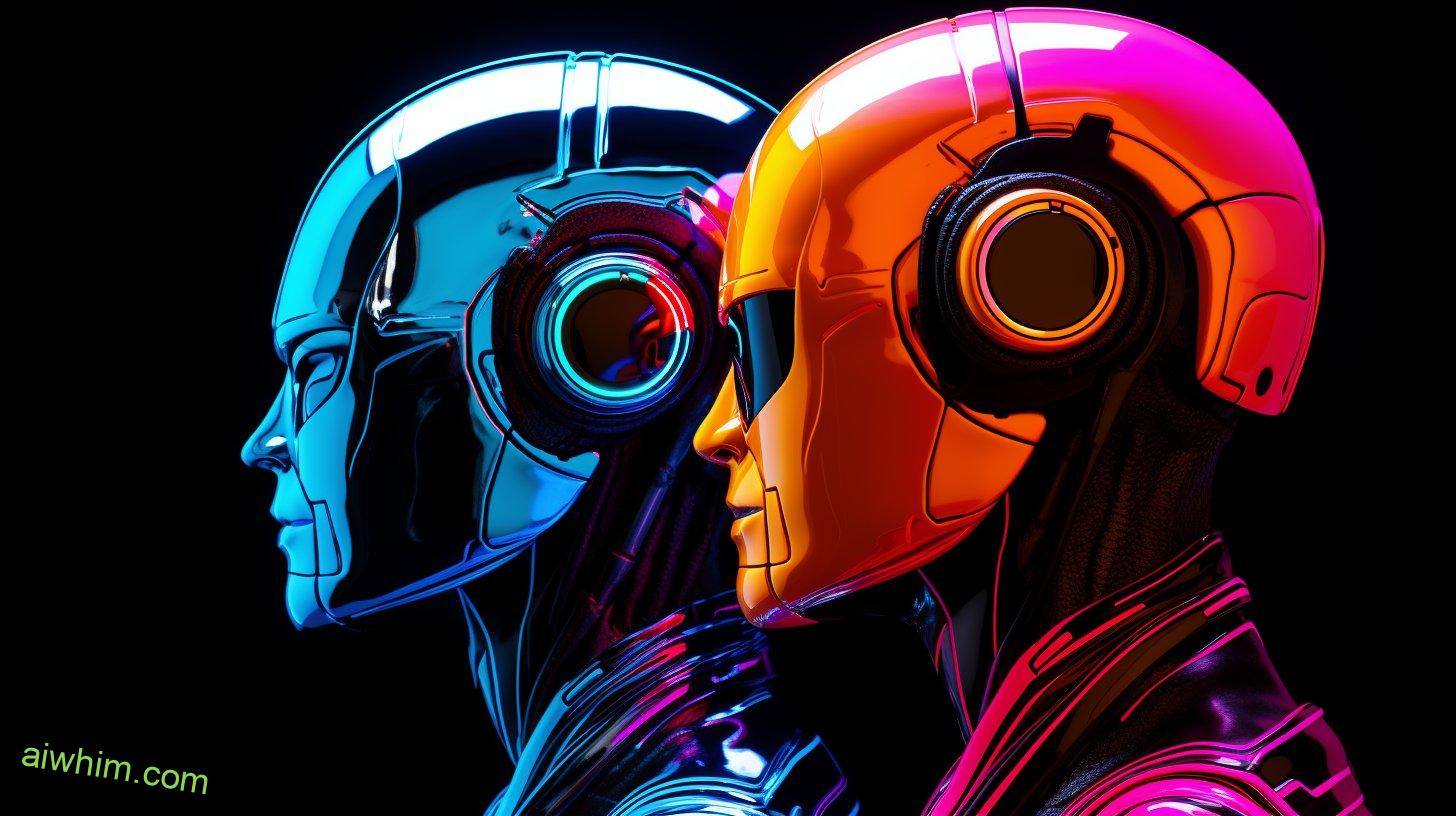
Strategies for Embracing AI in the Railroad Industry
To fully embrace AI in the railroad industry, consider implementing strategic approaches that optimize efficiency and enhance safety. Embracing AI technology can greatly improve train operations, leading to a more streamlined and reliable railway system. Here are three key strategies to consider:
- Automation and Predictive Maintenance: Implementing AI-powered automation can help streamline various processes within the railroad industry. By using AI algorithms to analyze data from sensors and other sources, you can proactively identify maintenance needs and schedule repairs before issues escalate. This not only improves train operations but also reduces downtime and improves safety.
- Intelligent Traffic Management Systems: Embracing AI technology in traffic management can greatly enhance the efficiency of train operations. AI algorithms can analyze real-time data on train schedules, track conditions, and weather forecasts to optimize train routing and scheduling. This can help minimize delays, improve on-time performance, and ensure smoother train operations overall.
- Enhanced Safety Measures: AI can play a crucial role in improving safety in the railroad industry. By implementing AI-powered video analytics and sensor technologies, you can monitor train tracks, crossings, and stations in real-time. AI algorithms can detect potential safety hazards such as trespassers, obstructions on tracks, or malfunctioning signals, allowing for immediate action to be taken. This ensures the safety of both passengers and railroad staff.
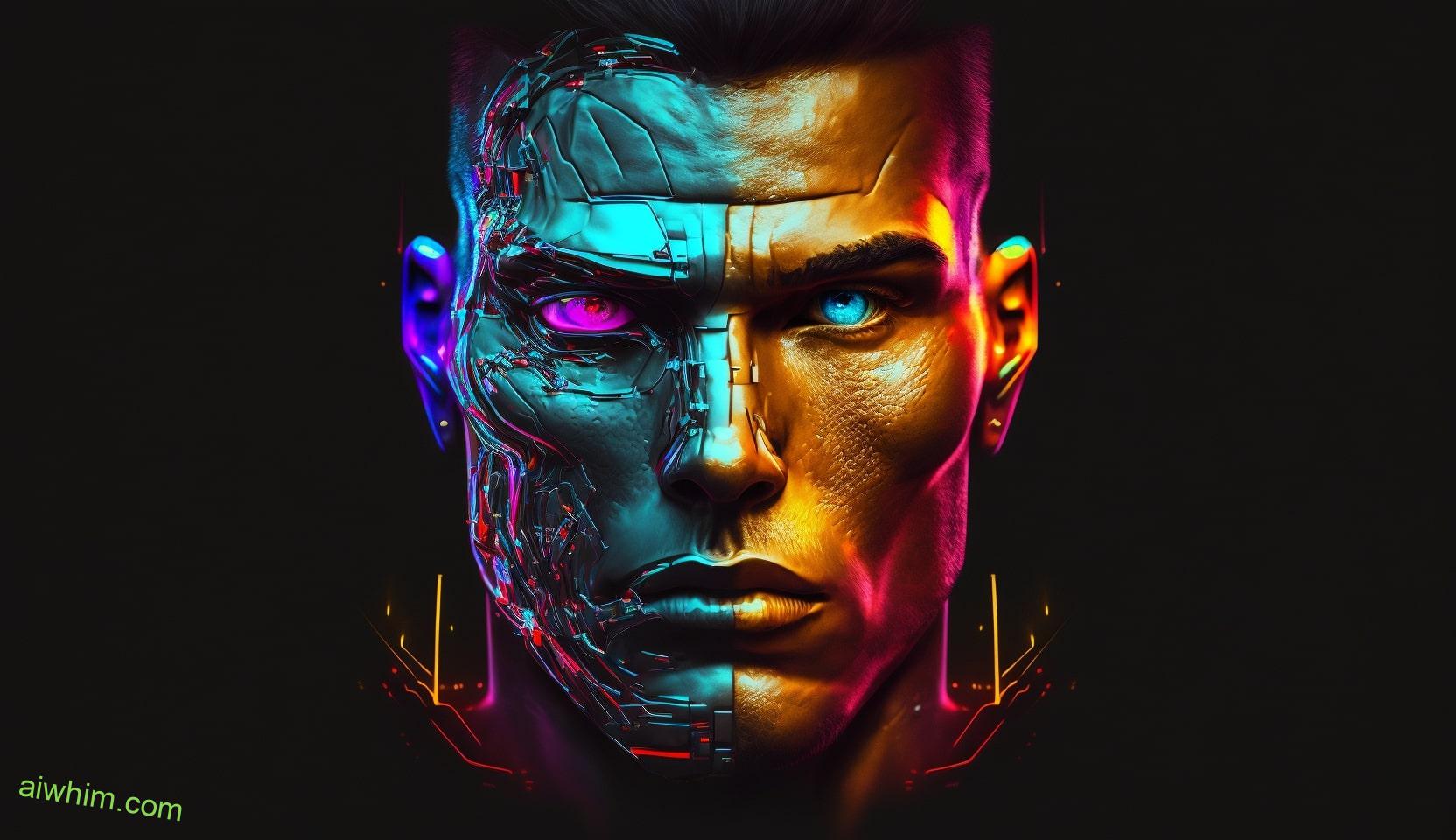
Frequently Asked Questions
How Does AI Technology Impact the Mental and Physical Health of Railroad Conductors?
Taking into account AI technology, railroad conductors’ mental and physical well-being may be impacted. The potential changes in job requirements and increased reliance on technology might lead to stress, fatigue, and reduced job satisfaction.
What Are the Potential Privacy Concerns Associated With the Use of AI in Railroad Operations?
Privacy concerns and ethical implications arise when AI is used in railroad operations. You may worry about your personal information being collected and how it will be used. These concerns should be addressed.
Are There Any Specific Legal Regulations in Place to Govern the Use of AI Technology in the Railroad Industry?
Legal regulations in the railroad industry? Absolutely! Safety considerations are paramount, so there are laws in place to govern the use of AI technology. You need to follow these regulations to ensure everyone’s well-being.
What Are the Potential Environmental Implications of Implementing AI in Rail Transportation?
Implementing AI in rail transportation has the potential to bring about significant economic consequences and raise ethical considerations. However, it is important to address the potential environmental implications of such implementation as well.
How Are Railroad Conductors Being Prepared to Adapt to the Changing Role of AI in Their Profession?
To adapt to AI’s changing role in their profession, railroad conductors undergo specialized training programs. They learn how to integrate AI into rail operations, ensuring a smooth transition and maintaining their freedom to operate.
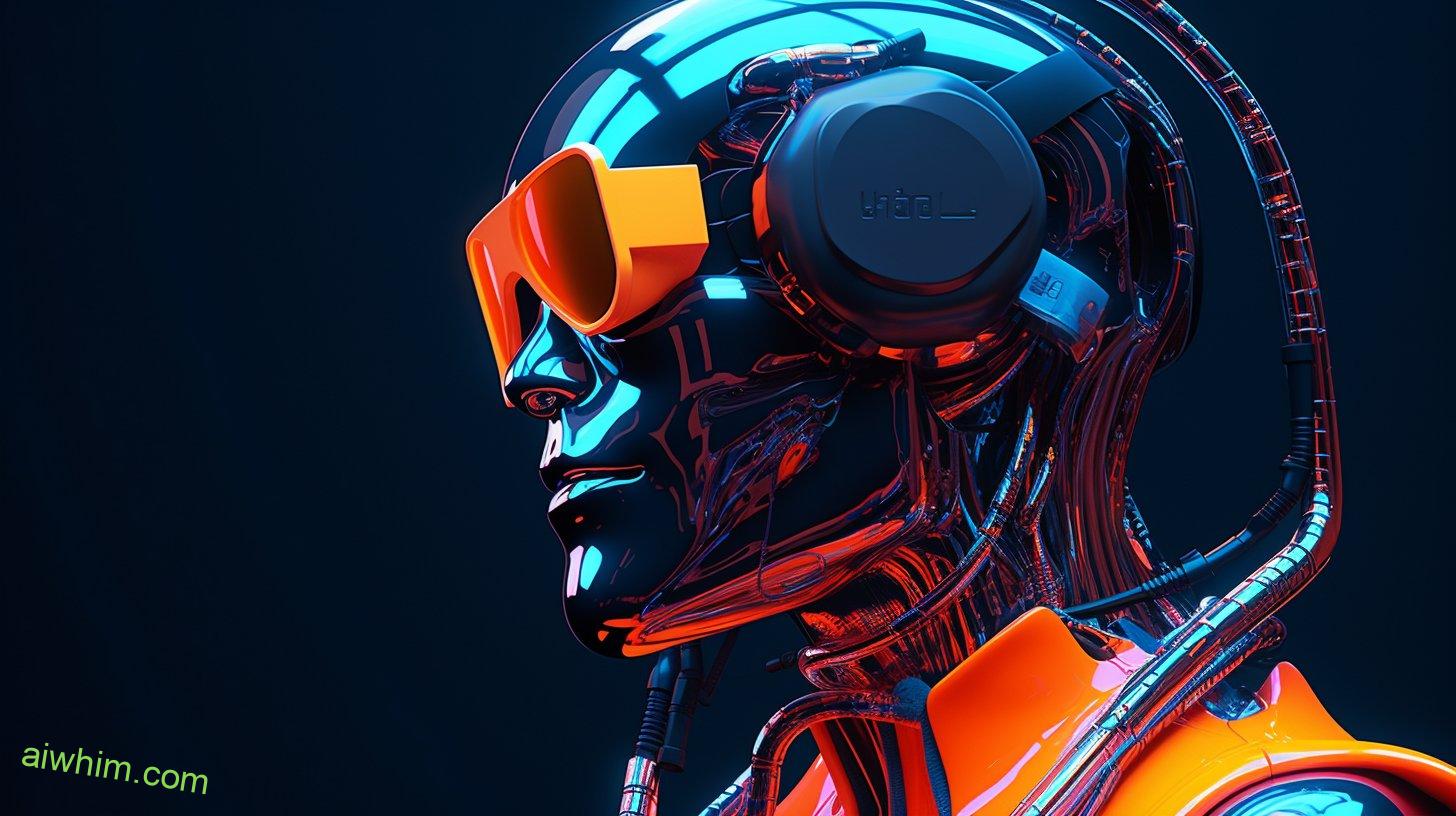
Conclusion
So, as AI continues to evolve and become more integrated into the railroad industry, the role of railroad conductors may undergo some changes.
However, rather than replacing human conductors, AI has the potential to enhance their skills and improve safety and efficiency in rail transportation.
The question now is, how can we embrace this technology while ensuring the collaboration and training necessary for a successful transition?







